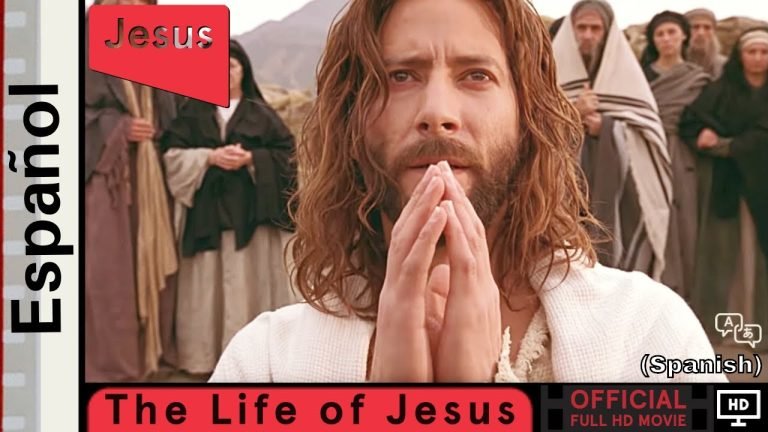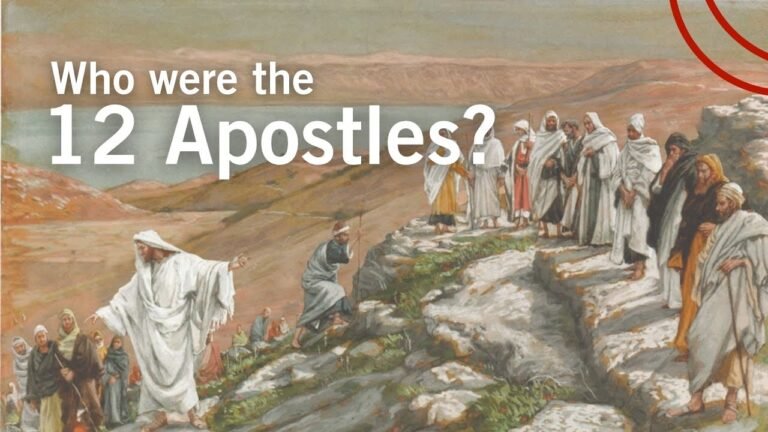Biblical Significance of the City of Tyre
The ancient city of Tyre, prominently mentioned in the Bible, holds a significant place in both history and scripture. Known for its strategic coastal location and thriving trade, Tyre was a bustling center of commerce and culture in the ancient world. Its mention in various biblical narratives highlights its interactions with prominent figures and its role in the unfolding story of the Israelites. As we explore the historical and spiritual significance of Tyre, we uncover the layers of its legacy that continue to resonate in religious and historical discourse today.
What is the fate of the biblical city of Tyre?
The ancient city of Tyre, once a thriving coastal hub, faced a dramatic transformation following its capture, where 10,000 of its inhabitants were executed and 30,000 sold into slavery. This devastation was compounded by Alexander the Great’s construction of a causeway, which permanently altered the landscape, turning the island city into a peninsula. Over the centuries, Tyre shifted allegiances, coming under the influence of Ptolemaic Egypt before eventually becoming part of the Hellenistic Seleucid kingdom around 200 BCE, marking a significant chapter in its storied history.
What is the importance of the city of Tyre?
Tyre holds a remarkable place in history, renowned for its production of the coveted purple pigment that adorned the garments of royalty and nobility. This ancient city played a determinante role in the construction of the Temple of Solomon in Jerusalem, as it provided not only skilled artisans but also high-quality materials, facilitated by King Hiram of Tyre. Moreover, Tyre’s maritime prowess made it a hub of exploration and trade, influencing cultures and economies across the Mediterranean. Its legacy as a center of innovation and craftsmanship resonates through the ages, marking it as a significant contributor to the development of civilization.
What is the current name of the city of Tyre?
Tyre, once a flourishing Phoenician city known for its trade and maritime prowess, now lies in ruins, overshadowed by the modern town of Soûr in Lebanon, located approximately 50 miles south of Beirut. The remnants of this ancient civilization are scarce, as the site has been extensively overbuilt by Greek and Roman constructions throughout the centuries, leaving only traces of its illustrious past for visitors to explore and reflect upon.
Exploring Tyre’s Role in Ancient Prophecy
In ancient times, Tyre was not only a bustling trade hub but also a focal point of prophetic significance. Its strategic location along the Mediterranean made it a melting pot of cultures, drawing merchants and travelers who spread stories and beliefs. Prophets of the era often referenced Tyre to illustrate themes of prosperity and downfall, using its grandeur and eventual decline as metaphors for human hubris and divine judgment. The city’s rich history and the echoes of its past continue to resonate, reminding us that the lessons learned from Tyre’s rise and fall are timeless, serving as a determinante link between ancient wisdom and contemporary understanding.
Tyre: A Hub of Trade and Spiritual History
Tyre, a city steeped in history, serves as a vibrant hub of trade and spirituality, intertwining its rich past with a dynamic present. Once a major Phoenician port, Tyre’s bustling markets are alive with the echoes of ancient commerce, where merchants once traded in purple dye and glass. Today, the city’s labyrinthine streets lead visitors through a tapestry of archaeological wonders, from the impressive Roman ruins to the serene remnants of medieval churches. As a crossroads of cultures, Tyre not only nurtures its economic vitality but also stands as a testament to the enduring spirit of its people, who celebrate their heritage through vibrant festivals and spiritual traditions that reflect the city’s diverse influences.
The Symbolism of Tyre in Biblical Narratives
In biblical narratives, Tyre emerges as a potent symbol of both prosperity and moral decline. As a thriving Phoenician city, Tyre represents the heights of commercial success and cultural achievement, often depicted as a hub of trade and innovation. Its reputation for wealth and luxury is intertwined with narratives of human ambition, illustrating the allure of materialism and the complexities of power. This duality serves as a reminder of the transient nature of earthly success, as the city’s eventual downfall reflects the consequences of pride and disobedience.
Moreover, Tyre’s significance extends beyond its economic stature, embodying themes of divine judgment and redemption. Prophetic texts often highlight Tyre’s eventual destruction as a manifestation of divine retribution, warning against the perils of arrogance and idolatry. Yet, the city also symbolizes hope and restoration, as seen in the promises of renewal and reconciliation. This multifaceted portrayal invites readers to ponder the balance between human endeavor and spiritual integrity, reinforcing the enduring lessons found within biblical teachings.
Unveiling Tyre’s Influence on Scripture
The ancient city of Tyre, a bustling hub of trade and culture, played a pivotal role in shaping biblical narratives and theological concepts. Renowned for its wealth and craftsmanship, Tyre not only influenced the economic landscape of the region but also served as a significant backdrop for key scriptural events. From the prophetic messages of Ezekiel, which lamented Tyre’s eventual downfall, to its connections with figures like King Solomon, who relied on its artisans for the construction of the Temple, the city stands as a testament to the intricate interplay between commerce and faith. Tyre’s legacy in scripture highlights how geographical and cultural intersections can profoundly impact religious texts and beliefs, intertwining the sacred with the secular in a rich tapestry of history.
Tyre’s Legacy: Lessons from the Past
Tyre, an ancient Phoenician city, stands as a testament to human resilience and ingenuity, its rich history offering valuable lessons for contemporary society. Once a thriving hub of trade and commerce, Tyre’s strategic location and innovative maritime advancements propelled it to greatness, showcasing the importance of adaptability in an ever-changing world. The city’s rise and eventual decline remind us that prosperity is often intertwined with the ability to learn from past mistakes, embrace new ideas, and foster strong community ties. As we navigate the complexities of modern life, Tyre’s legacy urges us to cherish our history while actively shaping a sustainable future grounded in collaboration and innovation.
The city of Tyre stands as a testament to the rich tapestry of history and spirituality woven throughout biblical narratives. Its significance as a bustling trade hub and a cultural melting pot is mirrored in the stories of resilience and transformation found in scripture. As one reflects on Tyre’s enduring legacy, it becomes clear that this ancient city not only shaped the past but continues to inspire exploration and understanding of the biblical world today.







